Plan your Beijing tour? It is worth your time to have a stroll along its ancient city wall within the Ming Dynasty City Wall Relics Park if you want to have a glimpse of Beijing’s splendid past.
Beijing first as capital city called” Shangdu” during Jin Dynasty (1115-1234).
800 years ago Beijing began its history as a capital city when 1153 AD the Jin Dynasty (1115-1234) moved its capital from Shangjing to Beijing, known as Zhongdu.
The rebuilding of the first capital city began in 1151 with expansion to the east, west and south. The new expanded city, with its splendid buildings in the center measured roughly five kilometres in circumference in today’s southern Beijing.
Secondly, Beijing as capital city called “Dadu” in Yuan Dynasty (1271 – 1368)
Mongol armies seized Zhongdu in 1215. In 1271 Kublai Khan formally adopted the new dynasty’s name ” Yuan ” and made Yanjing (Beijing) the capital. Kublai Khan rebuilt the city and gave it the Chinese (Han) name of Dadu or Great Capital.
The construction of Dadu began in 1267 and ended in 1293 The magnificent palaces of the Jin capital Zhongdu were destroyed by fire during the dynastic transition from the Jin to the Yuan. When the capital was rebuilt, the original site of Zhongdu was replaced by a larger rectangular area centered in a beautiful lake region in the northeastern suburbs.
Thirdly, Beijing as capital city called “Beijing” in Ming Dynasty (1368 – 1644)
On August 2, 1368, Ming troops conquered Dadu and renamed it Beiping (Northern Peace). Zhu Yuanzhang, the founding emperor of the Ming Dynasty (1368-1644), however, made Nanjing his first capital.
Beginning in 1406, Emperor Yongle of the Ming Dynasty spent 15 years constructing walls 12 meters high and 10 meters thick at their base around the city of Beiping.
The construction of palace buildings and gardens began in 1417 and was completed in 1420. The following year, Emperor Yongle formally transferred the capital from Nanjing to Beiping and, for the first time, named the city Beijing (Northern Capital).
During Ming Dynasty, there were 9 gates in Inner City and 7 gates in Outer Gates. The nine gates of the Inner City wall: Zhengyangmen, Chongwenmen, Xuanwumen, Chaoyangmen, Dongzhimen, Fuchengmen, Xizhimen, Andingmen and Deshengmen; ehe seven outer gates: Dongbianmen, Guangqumen, Xibianmen, Guang’ anmen, Yongdingmen, Zuoanmen and Youanmen.
Fourthly, Beijing as capital city in Qing Dynasty (1644-1911)
When the Manchus founded the Qing Dynasty in 1644, they began to build suburban gardens, the most famous of which was Yuanmingyuan. Qing Dynasty left the city wall and palaces built in Ming Dynasty almost intact.
So Beijing’s city plan was first laid out in the Yuan Dynasty. Yet only after massive reconstruction during the Ming and Qing (1644-1911), did the city come as an architectural masterpiece as the capital of the Chinese empire.
The Ming Wall Relics Park
Follow me to explore the only remaining city wall relics built during the Ming Dynasty (1368-1644) in Beijing.
The remnant city wall is about 1.5km in length, which has been transformed into a public park. The Ming Wall Relics Park is composed of two parts: the wall relics itself and the southeast corner tower of the former inner city in Ming and Qing Dynasties.
Let’s first visit the Southeast Tower of the Inner City or Arrow Tower (北京内城东南角楼). The tower was first built 1436, the largest of its kind existent in China, now a key historical and cultural site under state protection.
The Southeast Tower (Arrow Tower) is 29 meters high including its 12-meter base and 39.45 meters in circumference.
It has two eaves with one row of arrow windows below the higher eave and three rows of arrow windows below the lower eave, totalling 144 arrow windows.
Now we are at the entrance to the Southeast Tower and the entrance fee is RMB 10 per person. The two Ming soldiers are standing by the entrance.
Walking up the flight of stairs before you easily get to the top of the city wall leading to the tower.
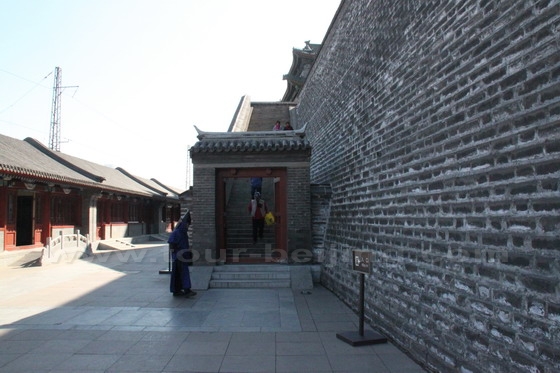
On the wall, you can either visit the Tower on your left side or walk on the remaining city wall on your right side. Let’s turn left and go up the ladders and have a look inside the tower.
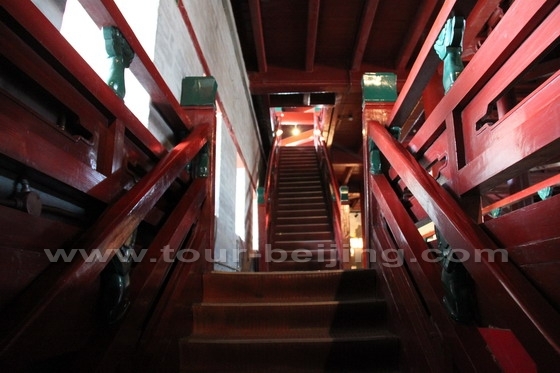
The Chinese traditional architecture
On the second floor, there is an exhibition corridor introducing all the 9 inner gates and outer gates in Ming and Qing Dynasty using pictures and writings.
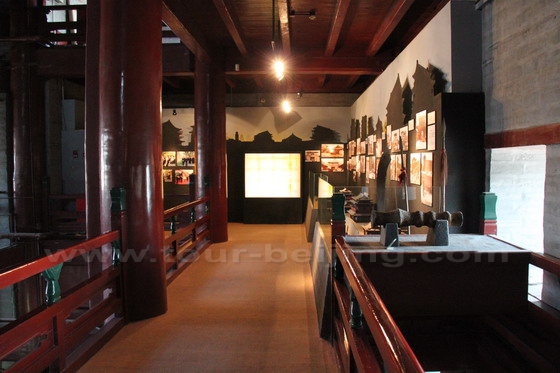
After visiting the Tower, walk down stairs and go out for a glimpse of the wall on the top. The Ming Soldier is standing by the Duty Room. The duty room is usually built on the terrace of the city wall.
The duty rooms were built in the form of gable roof and the earth beds were for the duty men to sleep. The two existent duty rooms were built in 1988 according to the historical records.In Qing Dynasty, the city was guided by the Eight Banner troops. The Blue Banner defended the city wall area between Chonwenmen and Dongbianmen. This the stone tablet to fix the Blue Banner’s flag.
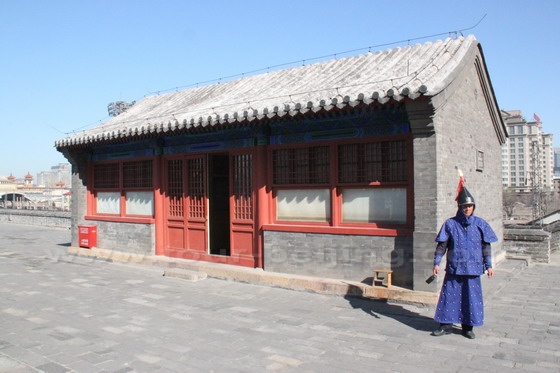
The cannon was built in 1638 with the two duty rooms and the Tower as the backdrop.
On the west tip of the wall on the top, you can clearly see the wall is sandwiched by Beijing Railway Station and the wall park itself.
Finishing the wall top tour, I ‘m walking out of the tower area though the former railway arch gate.
Check out The best place to view plum blossoms in Beijing for more information.

Add-on
The best place to view plum blossoms in Beijing
Tip: Hassle-free Beijing Guided Tours
If you don’t want to go the do-it-yourself route and prefer the hassle-free escorted tours, here are some options for guided tours to Beijing:
Car Rental in Beijing
Beijing Springtime Tour
Beijing Day Tour
Beijing Tour Packages
Great Wall Tour
China City Tours
China Tour
Further Readings
How to Plan a Trip to Beijing
Top 10 Attractions in Beijing
Top 10 Tourist Scams Beijing
How to Visit Tiananmen Square
How to Visit Forbidden City
How to Visit Temple of Heaven
How to Visit Summer Palace
How to Visit Ming Tombs
How to Visit the Great Wall of China
How to Visit Hutongs
How to Visit Olympic Sites
Top 10 Markets in Beijing
Top 10 Shopping Malls in Beijing
Beijing Shopping
Wangfujing Snack Street
Qianmen Commercial Street
Beijing Huguosi Street
Any questions, just drop a line.






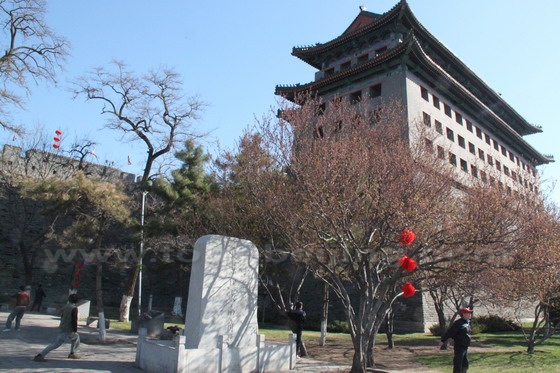
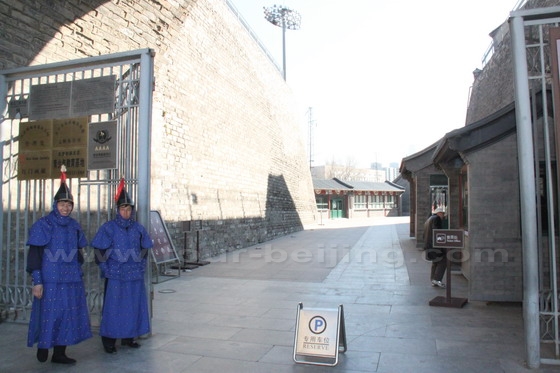
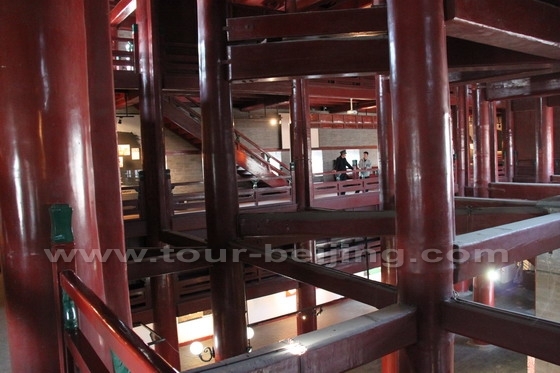
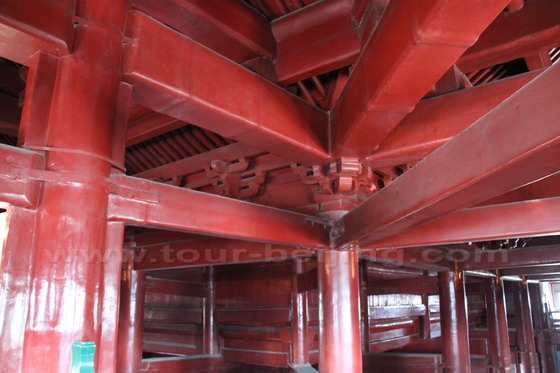

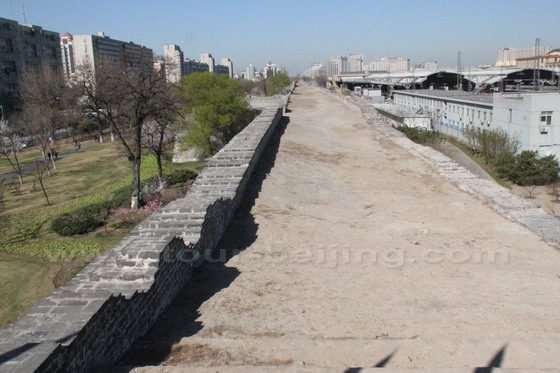

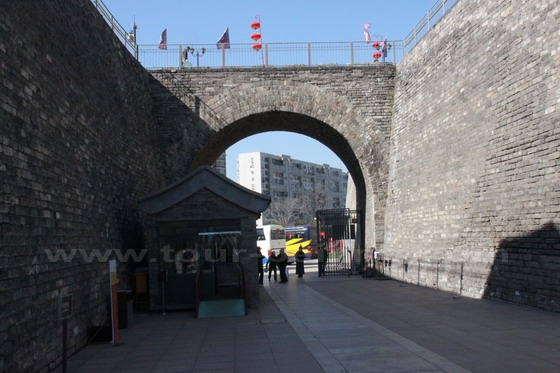
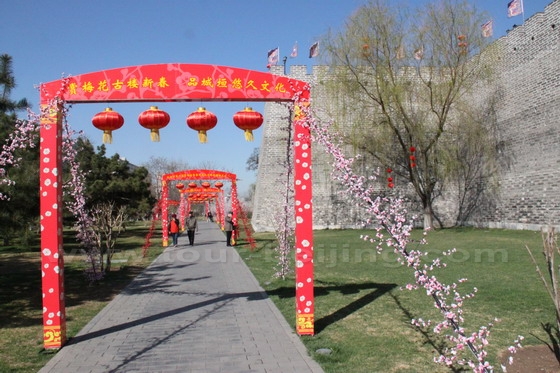
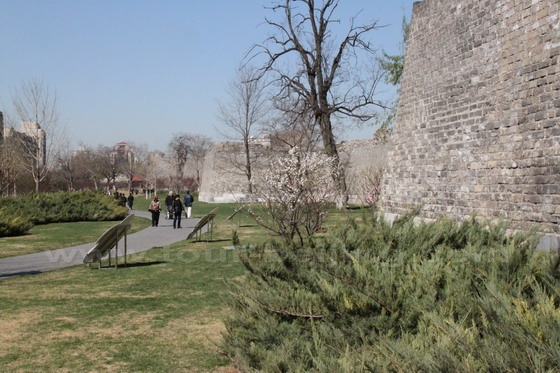
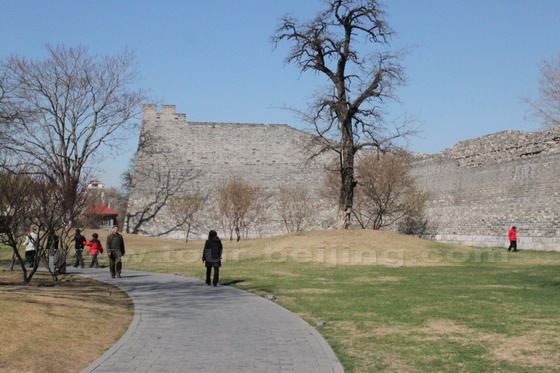
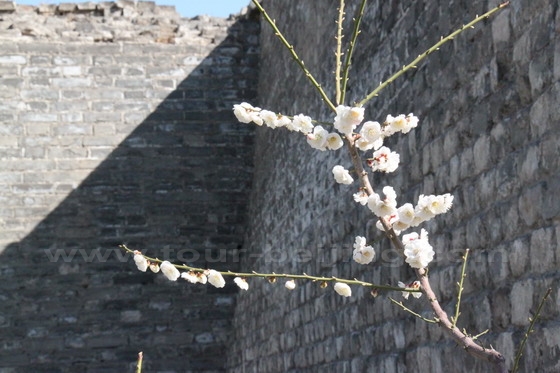
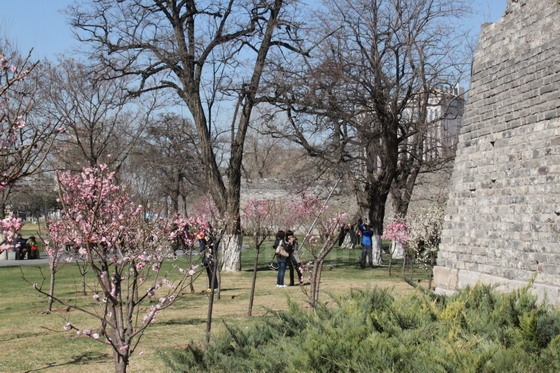
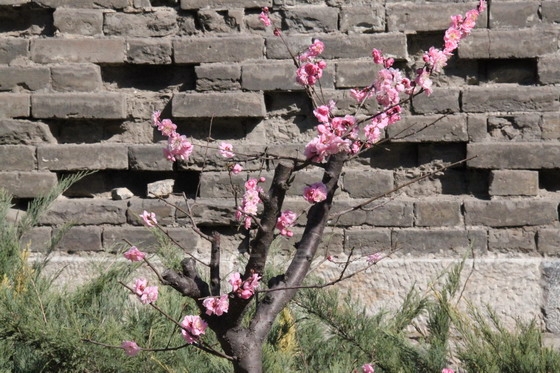
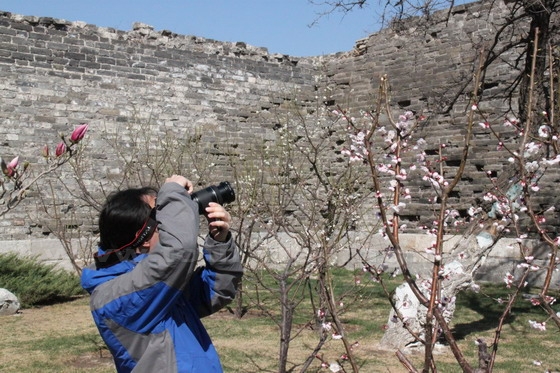


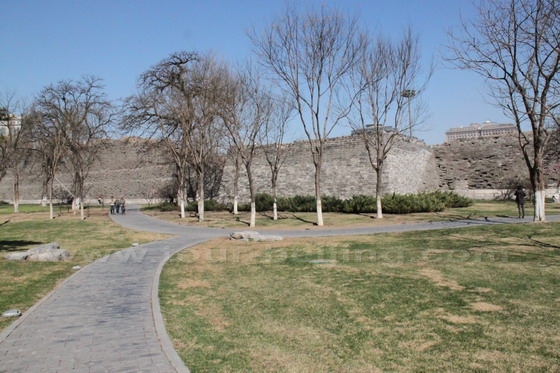
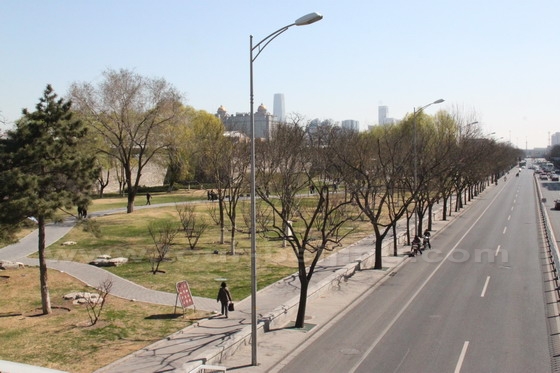
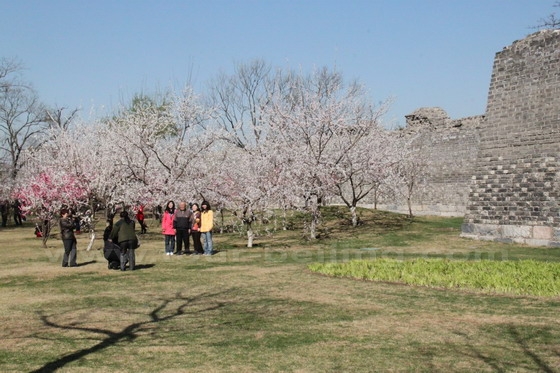

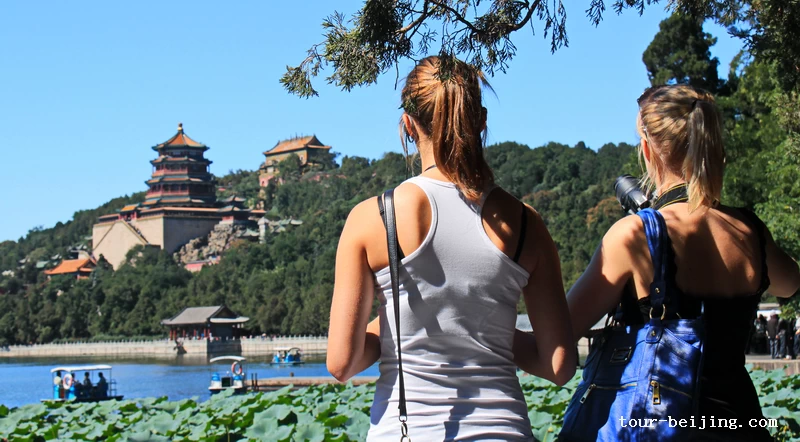
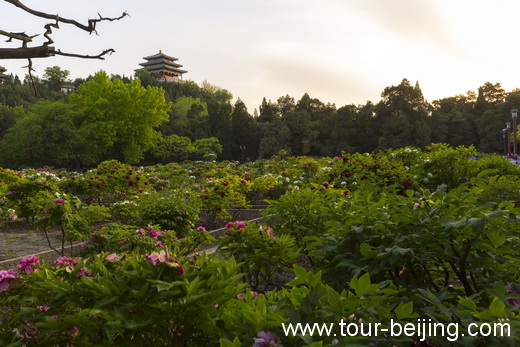
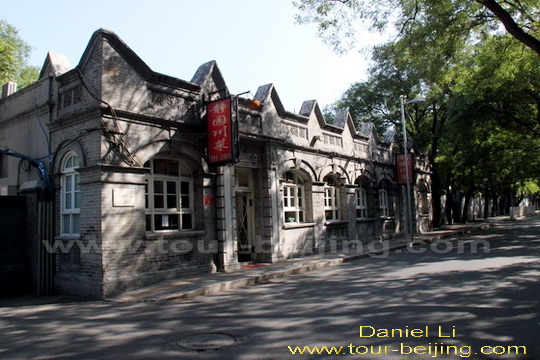
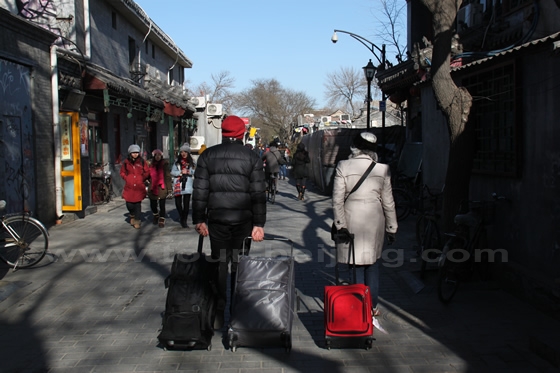
I have a postcard, perhaps printed in about 1910, that show an artist’s view of old Beijing street with a gate in the background.
This image has been used and posted on several websites about the old city.
I can’t insert an image here, so I’ve included one of those several site addresses that shows the artist postcard view.
Also, here is another website:
讲述北京|“漂”来的北京城
手机凤凰网
I’m attempting to identify the gate. I’ve been researching it on various websites. Luckily, there are old photos that show much of what has now been destroyed or torn down, “because of progress”.
I now believe this gate may be the Arrow tower of the Yongdingmen Gate in the early years of the Republic of China. This gate would have been a “main gate” as it was in the center of the south wall of the Other City. There are 7 arrow openings which agrees with some photos.
Any thoughts or info about this?
Thanks for any help.
Best Regards
Dan Hammond
Mentone, Alabama, USA
Dear Dan Hammond,
Thanks for your inquiry! But we cannot find the image you would like us to see. Welcome to Beijing at your most convenience!